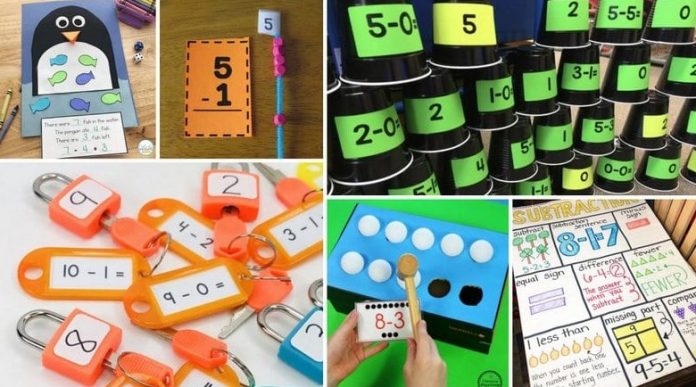Addition and Subtraction are rudimentary numerical abilities and have their applications even in the most exceptional number related points. Children should dominate these center ideas to advance their number-related abilities. Math games and riddles are a viable method to make these tasks fun and energizing for youngsters. There are many online math puzzles with answers for kids to improve their addition and subtraction skills quickly. A basic understanding of addition and subtraction helps kids gain the confidence to succeed in challenging math topics. It also enables kids to build a lifelong interest in math.
Here a few ways to make addition and subtraction fun for kids:
Use Abacus

Abacus is an interesting counting tool that allows kids to learn addition and subtraction in a fun and engaging manner. The abacus beads are a great way to grab a child’s attention and focus during learning. By counting to add or subtract these colorful beads, kids can easily understand the basic concept required to learn the addition and subtraction of numbers.
Tackling Addition and Subtraction Word Problems
Kids need to figure out how to tackle word problems. As instructors, we need to show them how to peruse a word problem, search for basic data, comprehend what is being asked, and take care of the problem. This is a fundamental first ability for kids to fabricate that will assist them with taking care of word problems later on. The least complex approach to show taking care of word problems is to give straightforward issues and tackle them all together. Peruse the issue gradually together and figure out the thing is being inquired. Attract pictures to address the numbers of the issue. Tally along to discover the appropriate response and record the condition to show. Give youngsters math diaries and day by day word problems to solve freely. Peruse picture books that have word problems in them. Examine and address together. Look at the rundown of books toward the end for thoughts. Use speck to dab markers to rapidly address numbers and take care of word problems in a great manner.
Actuality Fluency and Mental Math
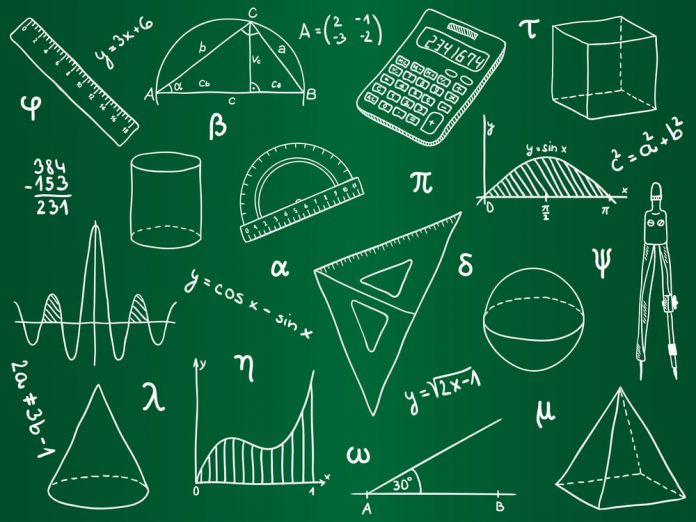
In the long run, we need our understudies to be familiar with math realities, yet this requires significant investment. If youngsters begin rehearsing math realities from the get-go, they will start to fabricate familiarity and their psychological numerical capacities. Ensure that your objective is never repetition retention however as a method of empowering the utilization of mental math.
Manipulatives
Utilizing manipulatives is useful for youngsters to get a more profound comprehension of addition and subtraction. The utilization of manipulatives empowers children to imagine the numerical portrayal of refocusing ones into tens additionally and decay of tens into ones in subtraction.
Interactive Worksheets
The skill of addition and subtraction need to be repeated and reinforced with plenty of activities and interactive worksheets. It is essential to bolster the learning of these math procedures with the help of interactive worksheets and sample exercises.
Puzzles, Games, and Activities
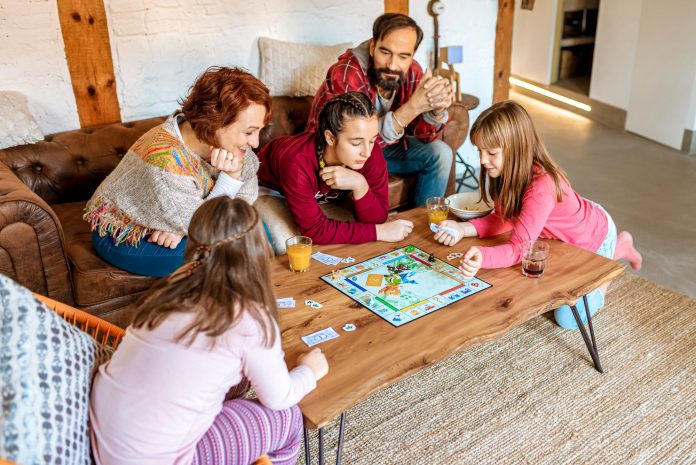
Children learn more when they play with some captivating learning assets. The addition and subtraction math game and riddles are an incredible method to fuse game-based learning for kids. It empowers children to learn addition and subtraction realities rapidly, in this manner improving their numerical capability. These sporting number-related riddles and games permit children to picture the rationale behind addition and subtraction. They start to comprehend addition and subtraction as the gathering of articles—this sort of learning is exceptionally advantageous in understanding different activities like augmentation and division. Show youngsters how to tackle expansion and deduction conditions utilizing little items, for example, snap shapes, checking bears, popsicle sticks, and two-hued counters.
Use Flashcards
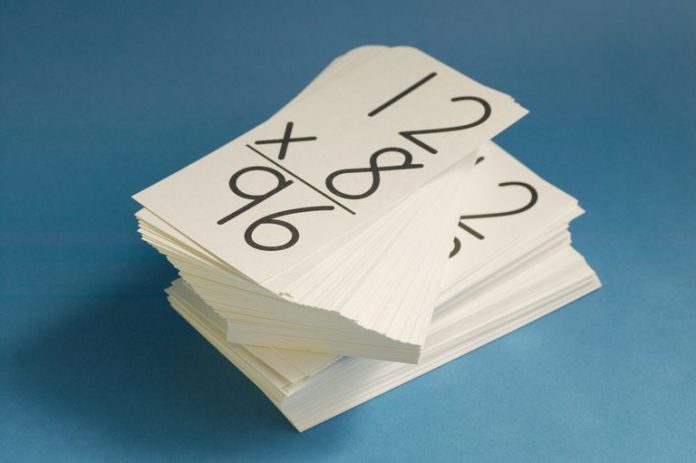
Flashcards are another fun way to help kids enjoy and learn addition and subtraction. There are many addition and subtraction facts that can be easily taught with the help of these flashcards. Children can make some artistic drawings over the flashcards so their brain can easily make an interconnection between the answer and picture. It will also help them remember the facts for longer. As kids themselves create these flashcards, they enjoy the activity and take pride in playing with them. Play fun games with flashcards. Have kids line up two by two and glimmer them a card. The speediest player gets the card and a point. Pivot through every one of the children on numerous occasions. Practice math realities in a sticker book. For each number-related truth that is addressed accurately, get compensated with a sticker. Keep sets of flashcards on rings or in pockets for youngsters to rehearse autonomously or with an accomplice. Set the appropriate responses on the back, so they are self-checking.
Toys or Objects
Kids enjoy playing with fancy objects and toys— using these toys and objects while learning addition or subtraction can help them grasp these concepts better. Colorful blocks, dice, or balls enable kids to retain the information for a long time. With the use of toys and objects for kids also learn to comprehend the application of addition and subtraction in real-life.
Count Using Fingers

Calculating addition and subtraction on fingers is one of the most traditional teaching approaches for understanding and learning these basic operations. Like the principal procedure that kids will learn is the way to check, add, and deduct with their fingers. This is a great tool for youngsters. Work on using fingers to add and subtract within ten numbers. If ones use back and forth of finger, one can count till 20 and there are other ways also to count 30 or more. Kids can use this method anywhere, and it is enjoyable too. This method can be incorporated while playing math puzzles and games.
Conclusion:
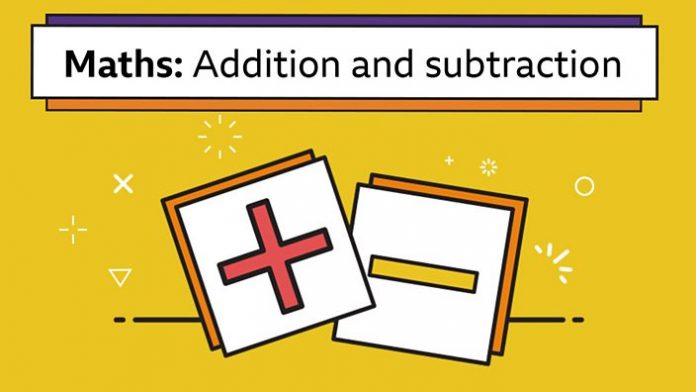
Addition and subtraction are the most basic arithmetic operators and establishing a conceptual fluency in these skills is a must for every child. Cuemath US program is designed for kids to learn math through logic and reasoning. It enables kids to visualize the applications of math in real-life, thus forming a strong foundation for lifelong math success.
